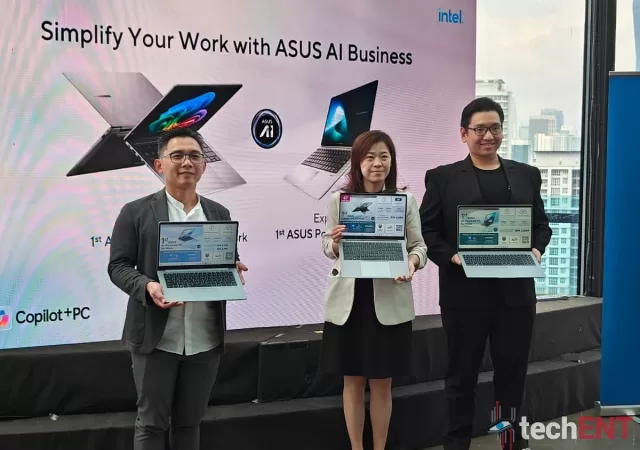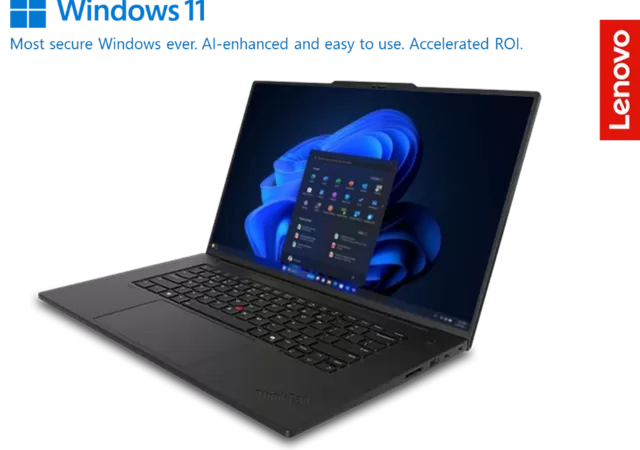The insurance industry has long been associated with complexity, opaque processes, and a significant knowledge gap between providers and consumers. For years, consumers have struggled to navigate the maze of insurance options, bogged down by technical jargon, lengthy claims processes,…
Beyond Moore’s Law: Micron’s Pursuit of Sustainable Innovation
Micron is leading the industry not just with technology, its leading the way when it comes to creating an impact with sustainability. We sat down with Mr Amarjit Sandhu to learn more.
Ways AI Has Changed Digital Marketing In 2024
Learn about the impact of artificial intelligence (AI) on industries and the significant revenue growth it has generated.
Open Source Technologies Enable Better Resilience & Security
Stay ahead of cyber threats with open-source technology. Discover how it enables businesses to protect their critical systems and data in a rapidly evolving threat landscape.
ASUS Expands ExpertBook Offerings in Malaysia with Two New Models
ASUS expands its business offerings with two new ExpertBook laptops – the ExpertBook P1 and the ExpertBook P5.
Empowering the Future of Personalized Medicine Through Co-Creation: Forging A Path With NalaGenetics and Zurich Insurance
Zurich continues to push boundaries in Healthcare and InsureTech with the Zurich Innovation Championship (ZIC) by working with one of the Champions, NalaGenetics, in an effort that brings personalised medicine to the forefront.
Transforming Healthcare in Asia Pacific: The Impact of Medical Devices
Telemedicine, remote medical devices and other new emerging technologies are reshaping healthcare. DKSH weighs in on the impact of these technologies.
Why Your Business Needs An Effective Sustainability Strategy
This article is contributed by Varinderjit Singh, General Manager, Lenovo Malaysia It’s vital that we look after the planet for future generations, but that’s not the only reason to implement a sustainability strategy within your organisation. Cutting emissions, embracing the…
Sustainability for the AI Future Needs to Start with Data Centres
Data centres are going to be the backbone of a digitised future. As such, their sustainability is becoming an increasingly important factor for companies.
Developing and Enhancing Cyber Resilience in Core Infrastructure
From mobile dominance to cybersecurity and threat intelligence, BlackBerry has pivoted to apply its know-how to enhance and enable cyber resilience at scale.
















